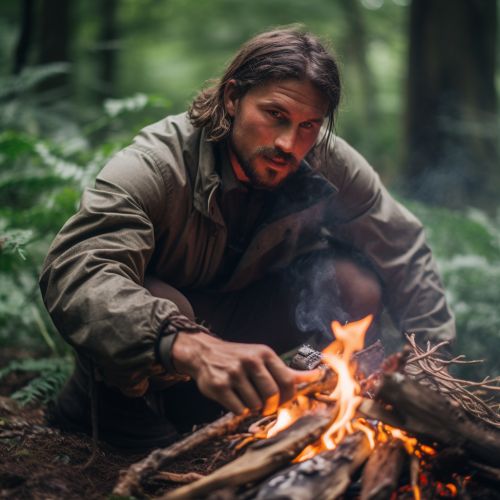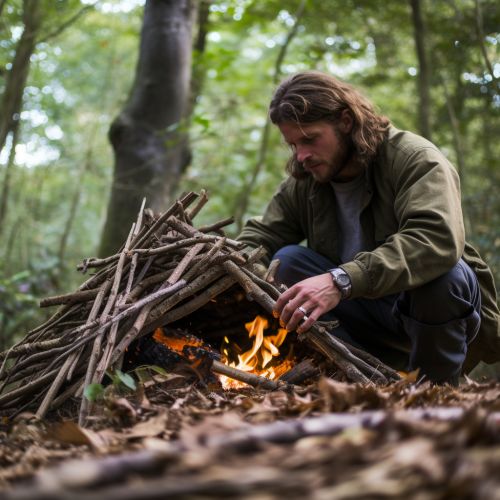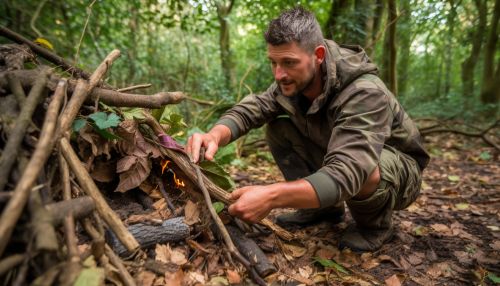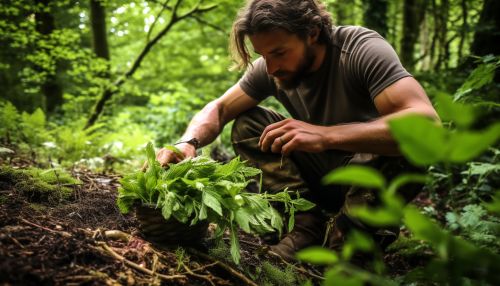Bush craft
Introduction
Bushcraft is a term employed to denote wilderness survival skills. The term gained traction in the Southern Hemisphere due to the efforts of Les Hiddins, also known as the Bush Tucker Man, and in the Northern Hemisphere through the work of Mors Kochanski. In recent years, it has gained considerable recognition in the United Kingdom, largely due to the popularity of Ray Mears and his bushcraft and survival television programs. It is also becoming increasingly popular in urban areas, where the average person often experiences a disconnect from nature.
History and Origin
The concept of bushcraft dates back to the origins of human history. It involves the practice of surviving and thriving in the natural environment, using the resources available. The term "bushcraft" itself is believed to have been first used in the early 20th century, deriving from skills used in the bush country of Australia. However, the skills and practices associated with bushcraft have been utilized by indigenous cultures around the world for centuries.
Principles of Bushcraft
The principles of bushcraft encompass a wide range of survival skills, including firecraft, tracking, hunting, fishing, shelter-building, the use of tools such as knives and axes, foraging, hand-carving wood, container construction from natural materials, rope and twine-making, and many others. These skills are used to develop a deep understanding and connection with the natural environment.


Firecraft
Firecraft is one of the most important survival skills associated with bushcraft. It involves the ability to start a fire with natural materials, maintain it, and extinguish it safely. Fire provides warmth, light, and a means to cook food and purify water, making it a vital element of survival in the wilderness.
Shelter Building
Another essential bushcraft skill is the ability to construct a shelter using natural materials. Shelters provide protection from the elements, helping to maintain body temperature and protect from potential dangers in the wilderness. There are various types of shelters that can be built, depending on the environment and available resources.


Tools and Equipment
Bushcraft involves the use of various tools and equipment, including knives, axes, and other cutting tools. These tools are used for a variety of tasks, such as cutting wood for fire or shelter, preparing food, and crafting other necessary items.
Foraging and Hunting
Foraging for food and hunting are also integral parts of bushcraft. Knowledge of edible plants, fungi, and other natural food sources is crucial for survival in the wilderness. Hunting skills, including tracking and trapping, are also important for obtaining meat for sustenance.


Conclusion
Bushcraft is not just about survival, but also about developing a deep appreciation and understanding of nature. It involves a range of skills and knowledge that can help one thrive in the wilderness, and also promotes a sense of self-reliance and connection with the natural world.
